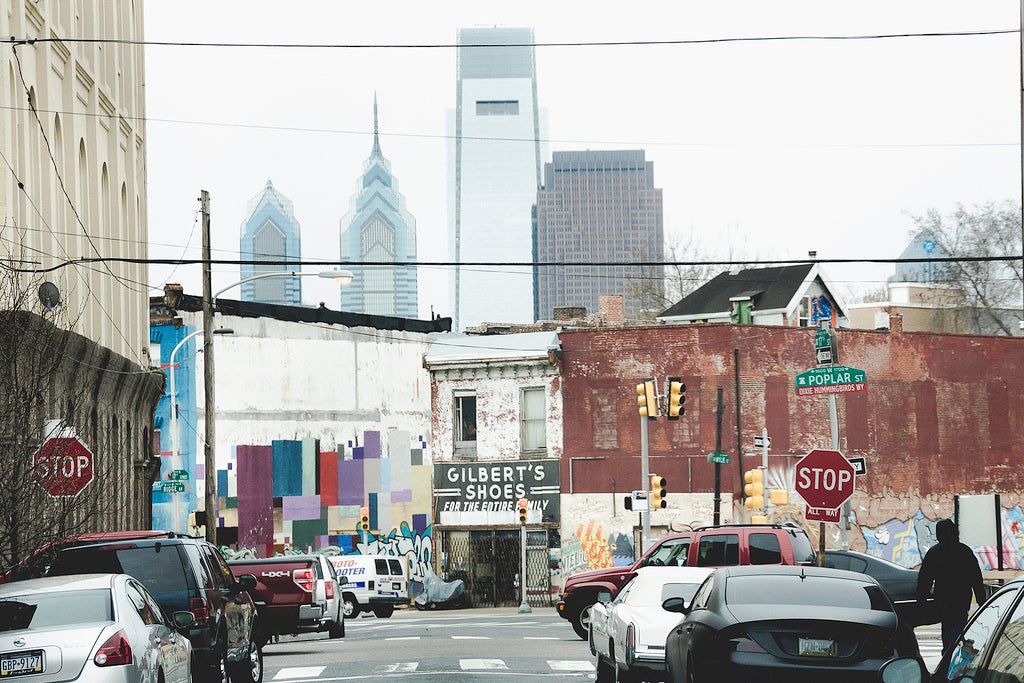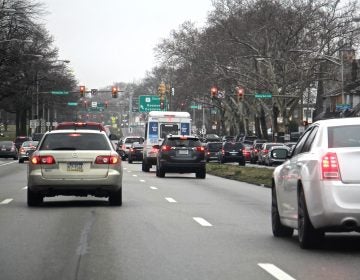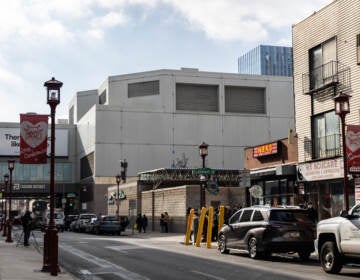March 19: Philadelphia’s deep poverty and class divisions | Chelten Ave commercial district improvements | Queen Lane impasse | Green Hill Market survives | Liberty Property Trust’s eco-honors

Good morning, Streeters. Here’s what’s making news on this gloomy Tuesday:
At 1pm today City Council will begin hearings on tax delinquency [pdf], and the Planning Commission will consider the Central District Master Plan. Stay tuned for PlanPhilly’s coverage of both meetings.
Philadelphia has the highest rate of deep poverty of the nation’s 10 biggest cities, reports the Inquirer. Individuals with incomes less than half of the poverty line are classified as being in deep poverty. Here that translates to an annual income of $5,700 for an individual or $11,700 for a family of four, not including noncash benefits like food stamps. Philadelphia’s deep-poverty rate is 12.9%, accounting for about 200,000 people.
As part of an ongoing exploration of creative, working and service class geographies in major cities, the Atlantic Cities Richard Florida explains the geography of Philadelphia’s class divisions. Most of our city is a sea of what he classifies as “service class” with smaller hubs of creative and working class people. Seven of Center City’s census tracts are among the region’s top 10 for the creative class – rounding out the list are two in Fairmount/Spring Garden and Chestnut Hill.
The City Planning Commission is advancing two early-action projects to help improve the physical environment of Germantown’s historic commercial district, Flying Kite reports. The bus stop at Chelten Avenue and Greene Street will become a pedestrian plaza that links to Vernon Park, and streetscape improvements could come to Chelten Avenue between Germantown and Greene.
Nearby on West Queen Lane in Germantown, the Inquirer’s Jennifer Lin checks in on the Queen Lane public housing impasse and the “ground truthing” underway. As readers of Amy Z. Quinn’s coverage of this story for PlanPhilly/NewsWorks since 2011 will recall: PHA wants to replace the Queen Lane apartment building with townhouses, but site was a potter’s field for “Strangers, Negroes and Mulattoes” dating from 1775 which has prompted controversy and a review process to determine the potter’s field boundaries. Beyond the preservation issues, there are concerns among neighbors about the continued concentration of low-income housing and the loss of a playground.
On Hidden City Daily GroJLart traces the many lives of the Green Hill Market house at 17th and Poplar in Francisville. Dating from the 1860s, Green Hill Market – later called Germania Hall and Market – was built as a farmer’s market and public meeting hall. The market itself only lasted until 1889 when it was converted into a swanky storage facility. By the mid-20th century it was converted into a church, which it is still used as today.
The EPA named Liberty Property Trust as its Energy Star Partner of the Year, reports the Business Journal. Liberty monitors energy use in 130 of its office and industrial buildings, saving an estimated $5 million since 2008.
The Buzz is Eyes on the Street’s morning news digest. Have a tip? Send it along.
WHYY is your source for fact-based, in-depth journalism and information. As a nonprofit organization, we rely on financial support from readers like you. Please give today.







